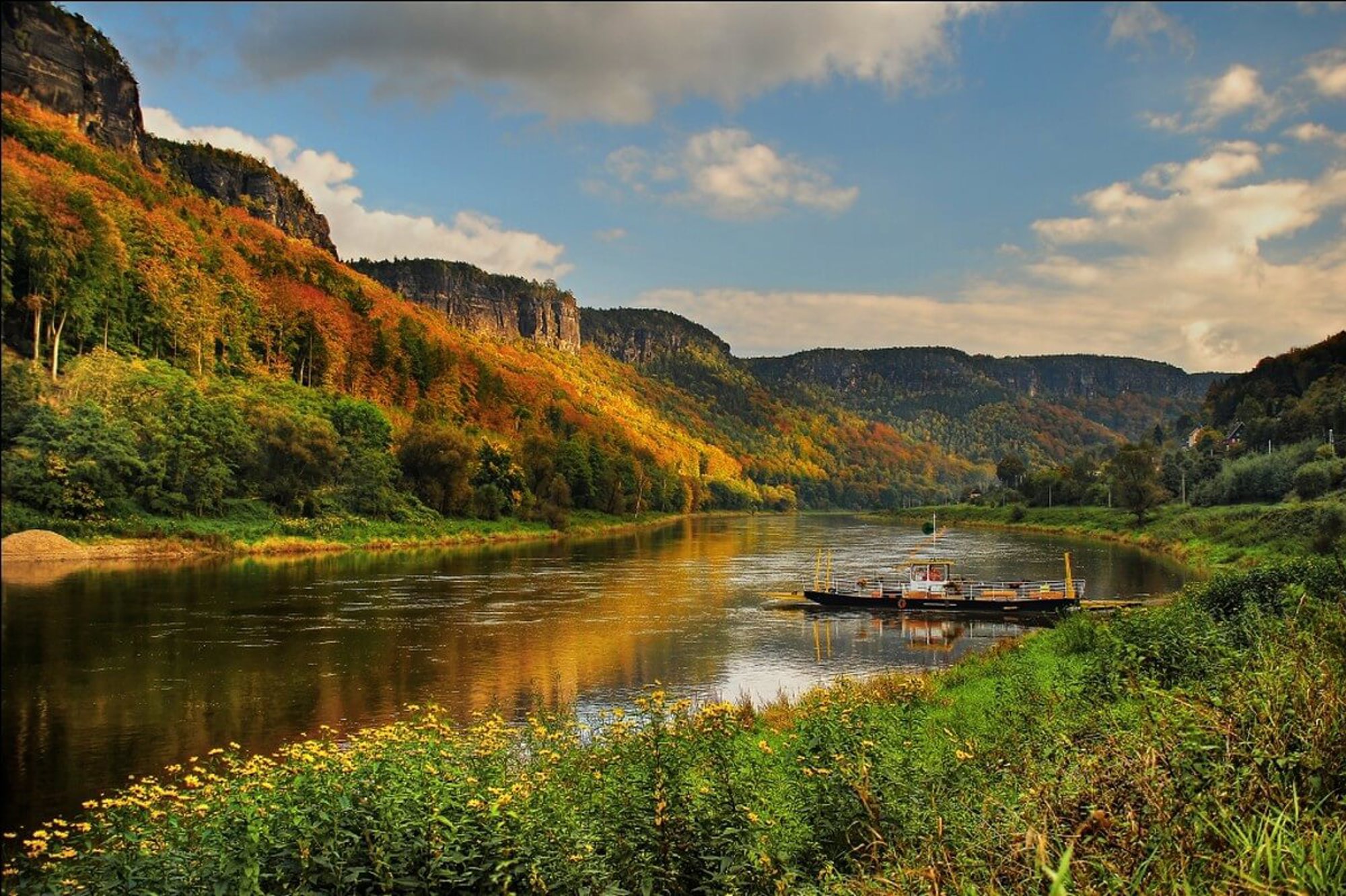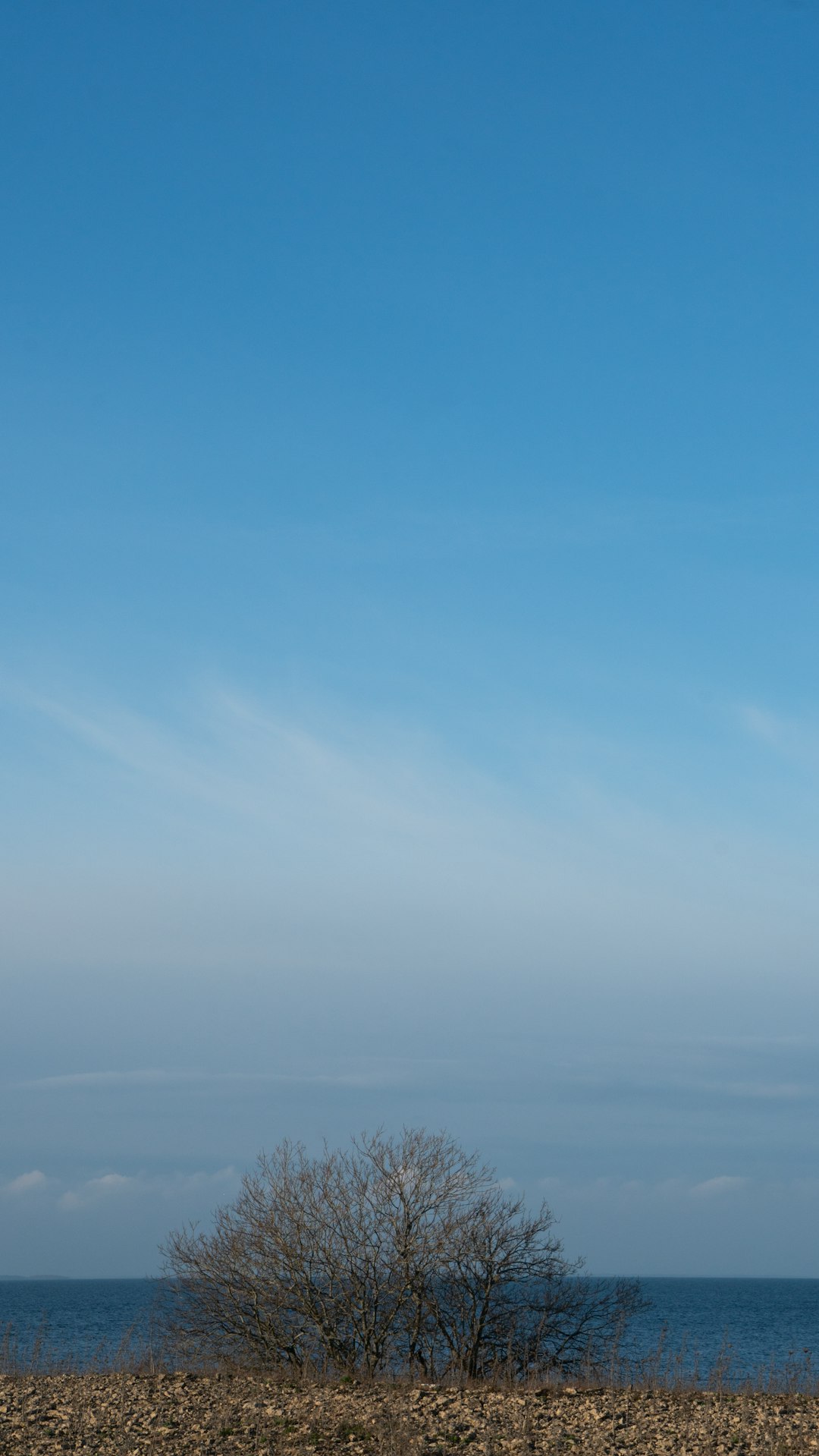16. January 2017


| - The Karlovy Vary Region in western Bohemia, winner of the 2015 Film Friendly Award, is famous for its spa towns and home of the renowned Karlovy Vary International Film Festival. Here you’ll find a unique blend of luxury hotels, spas, preserved historical buildings and monuments, as well as abandoned industrial complexes and mountain scenery. |
| - The Jeseniky Film Office in the Olomouc Region won the 2014 Film Friendly Award. This mountainous region lies on the border between the Czech Republic and Poland east of Prague and is full of mystical atmosphere and wild, rough nature that provides perfect backdrops for dark or adventurous stories and romantic fairy tales. |
| – The Usti Region in the country’s northwest is full of contrasts and diversity in which filmmakers will find unique landscapes as well as a number of historical monuments, such as castles and chateaus, and folk and industrial architecture. In stark contrast, it also offers socially excluded localities, brownfields, and endless swathes of housing estates. |
| – The Liberec Film Office is located in the city of the same name in northern Bohemia, known for its well-preserved early 19th-century architecture, unique buildings, and picturesque corners that often stand in for German locations in films. The surrounding mountains are a popular ski destination. |
| – The East Bohemia Film Office is responsible for the Pardubice and Hradec Kralove regions, featuring large urban and forested areas, spas and ski resorts, and industrial and folk architecture. The region offers a diverse range of locations from lowlands to mountain ranges, and countless accessible castle ruins. One of the largest rivers in Europe, the Elbe, flows through this area. |
| – In December 2016, the Zlin Region became the latest addition to the family of Czech film offices. The local film industry can trace its roots back to the 1930s, when world-renowned businessman Tomas Bata founded a film studio here. Located in the very east of the country, this region offers unique modern and constructivist architecture, numerous Baroque monuments, and is known for its long tradition of wine growing. |
| – The Vysocina Region lies in the very centre of the Czech Republic, southeast of Prague, and offers pristine nature interspersed with fertile fields and picturesque small towns. Among these is Telc, a Renaissance pearl, and Trebic, which features one of the most extensive preserved Jewish quarters in Europe and is the only Jewish monument outside the territory of Israel listed in the UNESCO Register. |
| – The Northern Moravia and Silesia Region is a textbook example of contrasts between industrial architecture, the mining and metallurgical metropolis Ostrava, unique buildings from the era of social realism, and the pristine nature of the Beskydy Mountains, which offers dozens of examples of folk architecture. As of this year, the North Moravia and Silesia Film Office is taking over from Film Ostrava, which in 2011 was the first regional film office in the Czech Republic, and will extend its activities to cover the entire region. |
| – Brno, where the ninth regional film office is currently being established, is a cosmopolitan European city, a dynamic developing centre of trade and science with business and scientific incubators. This southern Moravian metropolis is surrounded by romantic nature, acres of vineyards, castles and chateaus, and Baroque architecture of all types, from the folk architecture of village houses to multilevel merchants’ homes. |
| See list of regional film offices for contact details > |
